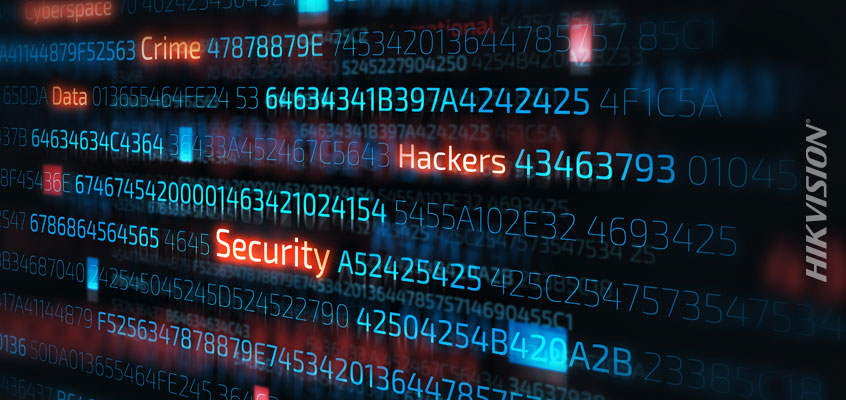Supply Chains Face Increasing Security Concerns & Cybersecurity Challenges

Hikvision on COVID-19 Themed Cyberattacks & Tips to Protect Against Security Concerns
As supply chains adjust to impacts from COVID-19 and as organizations increasingly shift to digitization, supply chains are facing more security concerns and challenges with cybersecurity threats. Security magazine covered this in its article, “Supply chain chaos is ramping up cyber risk.”
From the article: “With the fragility of supply chains now laid bare, nearly half of logistics pros who were surveyed by the Journal of Commerce said they’ll be making substantial changes in operations due to COVID, with 76 percent of those likely to make investments in digitization specifically. As an article from the World Economic forum put it, ‘The transition to a new model for supply chains will be underpinned by a rapid and wholesale digitization of the paperwork that accompanies global trade.’”
Supply chain trends include the use of digital signatures and use of photographs as proof of package delivery. These are two digitization trends that are expanding. Also, as more people work from home due to the pandemic, digital photos are used as a substitute for scanning items in an office setting.
Customized cyber-insurance policies that include Business Interruption coverage—to cover any loss of income for an organization post-disaster—were also recommended in the article to hedge against potential cyberattacks.
In the Hikvision blog, “Hikvision Senior Director of Cybersecurity on Four Recent Coronavirus Cyber Scams and Hacks, Plus Hikvision’s Cyber Tip of the Week,” we covered several cyberattacks and tips to stay safe. This included:
- Home Router Attack: The ARSTechnica.com article, “New Attack on Home Routers Sends Users to Spoofed Sites That Push Malware,” outlined how cybercriminals are gaining access to home routers and making DNS changes that send users to malicious websites. At the time of this writing, both Linksys and D-Link routers have been targeted. According to Bleeping Computer, for five days people have been reporting their web browser would open on its own and display a message prompting them to download a 'COVID-19 Inform App' that was allegedly from the World Health Organization (WHO). Of course, this is a malicious download that executes a relatively new piece of malware that extracts browser credentials, cryptocurrency wallet addresses, and possibly other types of sensitive information. While it is unclear how the attackers are gaining access to the routers, experts suspect that attackers are guessing weak passwords. To prevent this attack, turn off remote management to your router, or if you need that feature, ensure that you have a very good password. If possible, enable multi-factor authentication as well.
